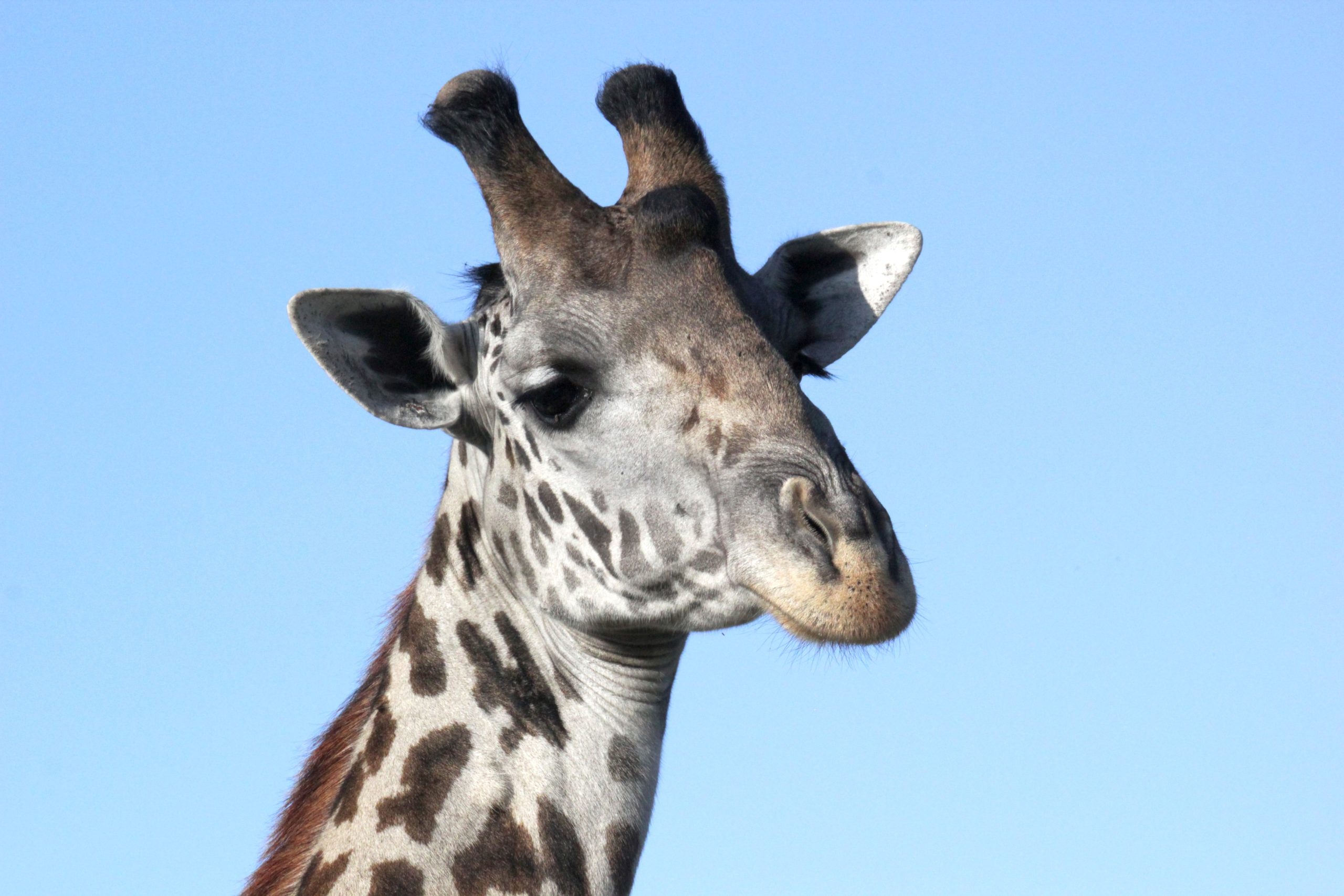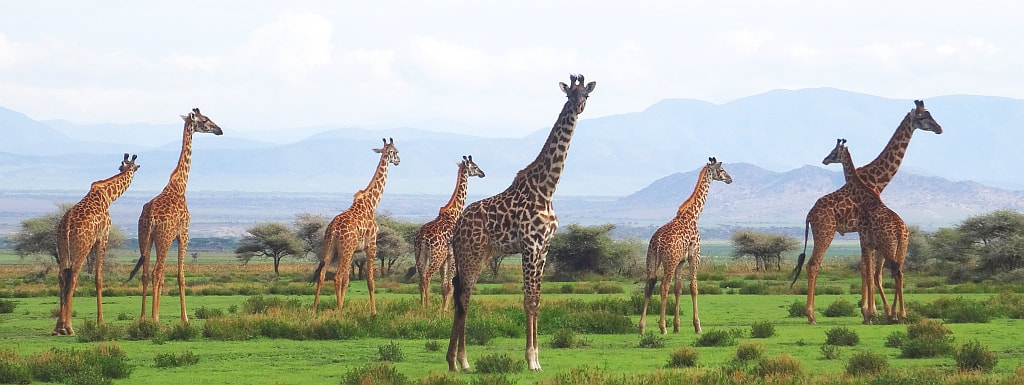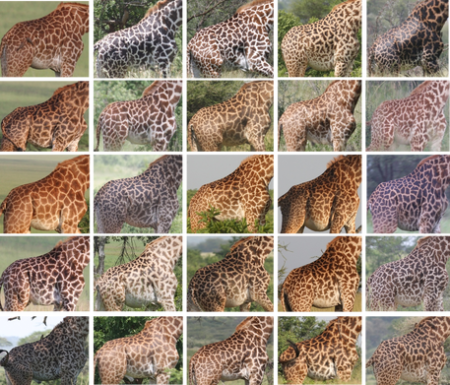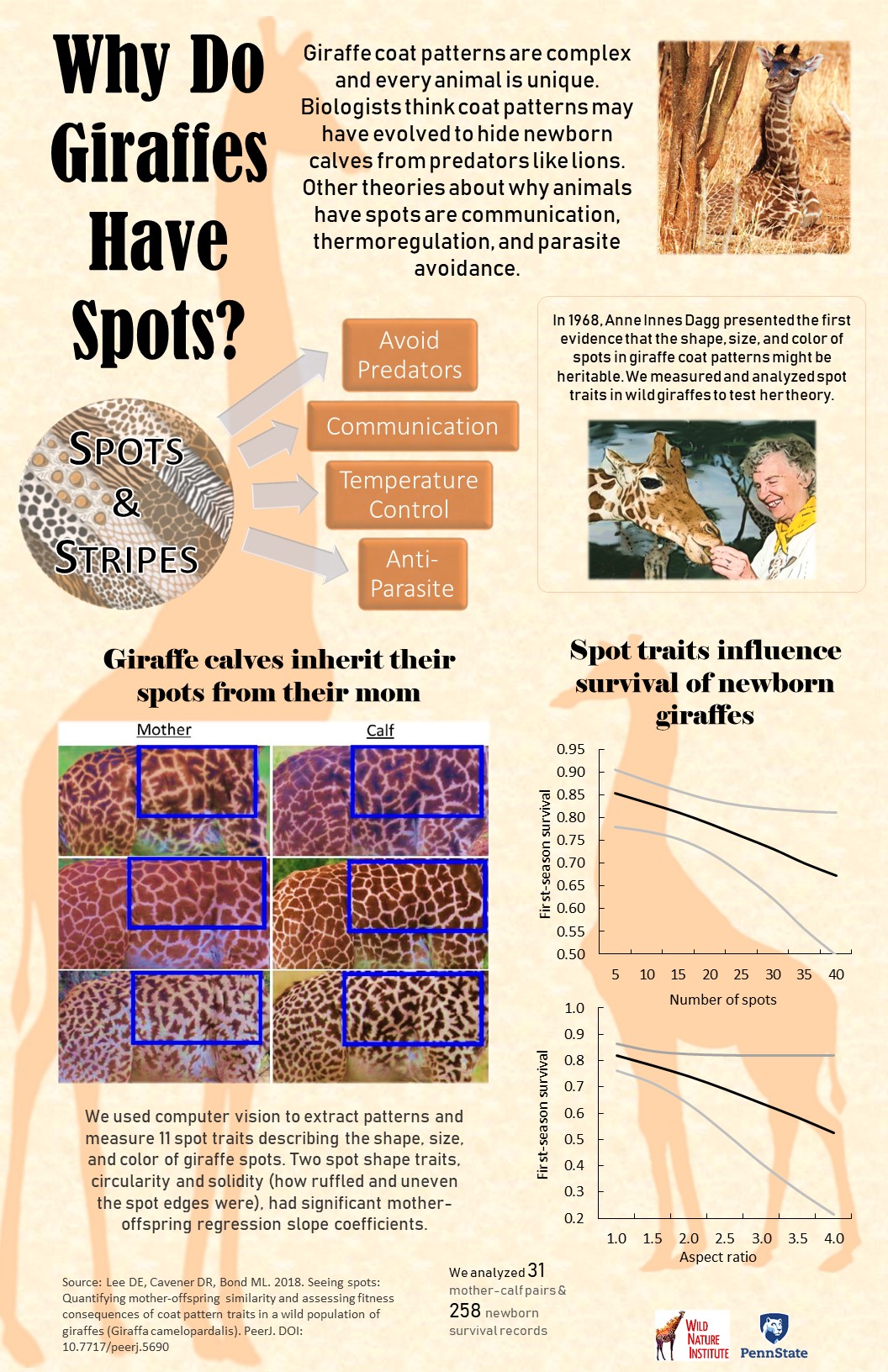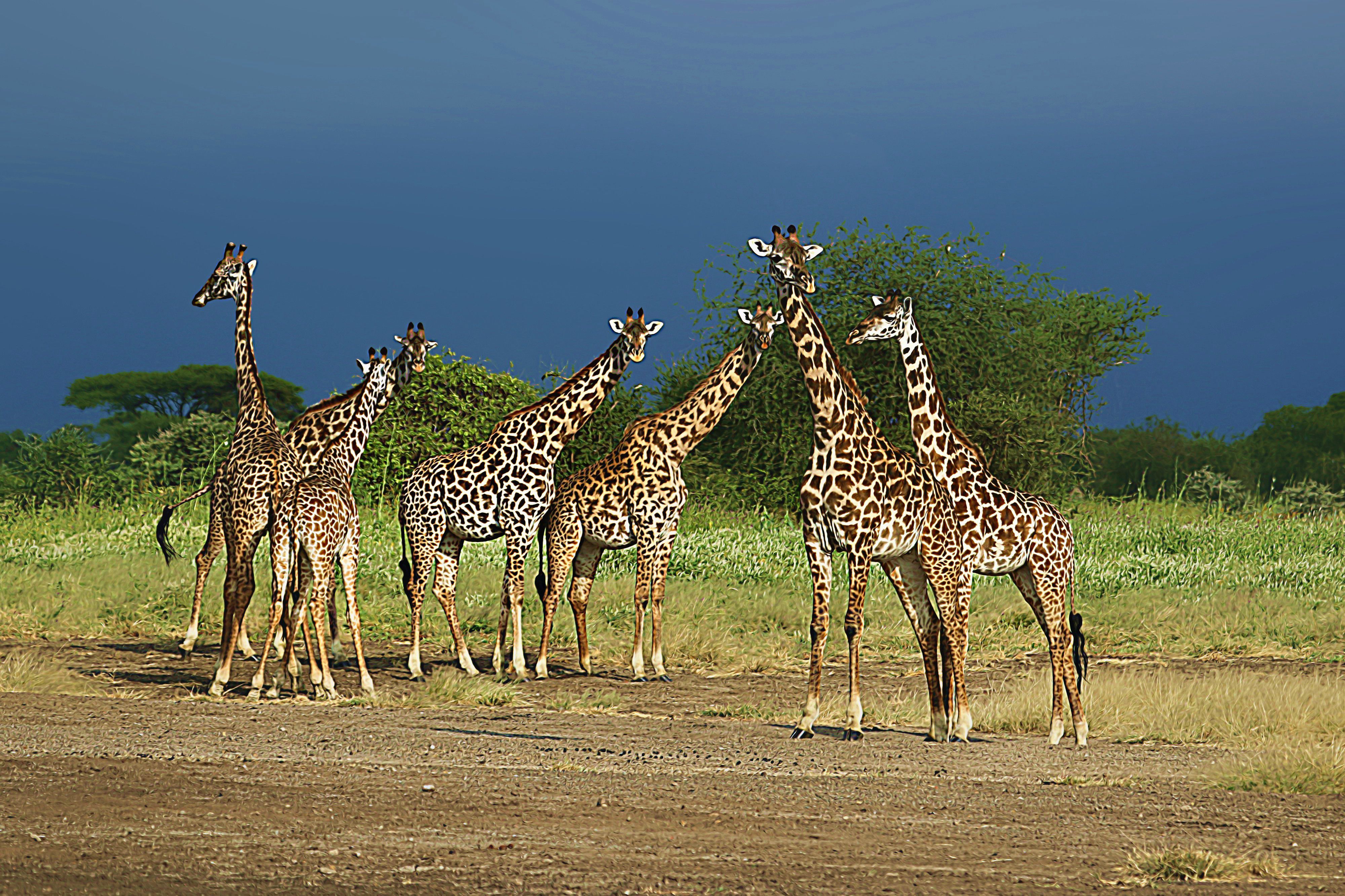Giraffe Ossicones: Unique Mammal Headgear
Ossicones are columnar or conical skin-covered bone structures on the heads of giraffe and okapi (Fig 1). Giraffe ossicones consist of a bone core covered with skin and attached to the skull with connective tissue. The bone, skin, and connective tissue of ossicones are all living growing tissues with blood vessels and nerves. All male … Read more

